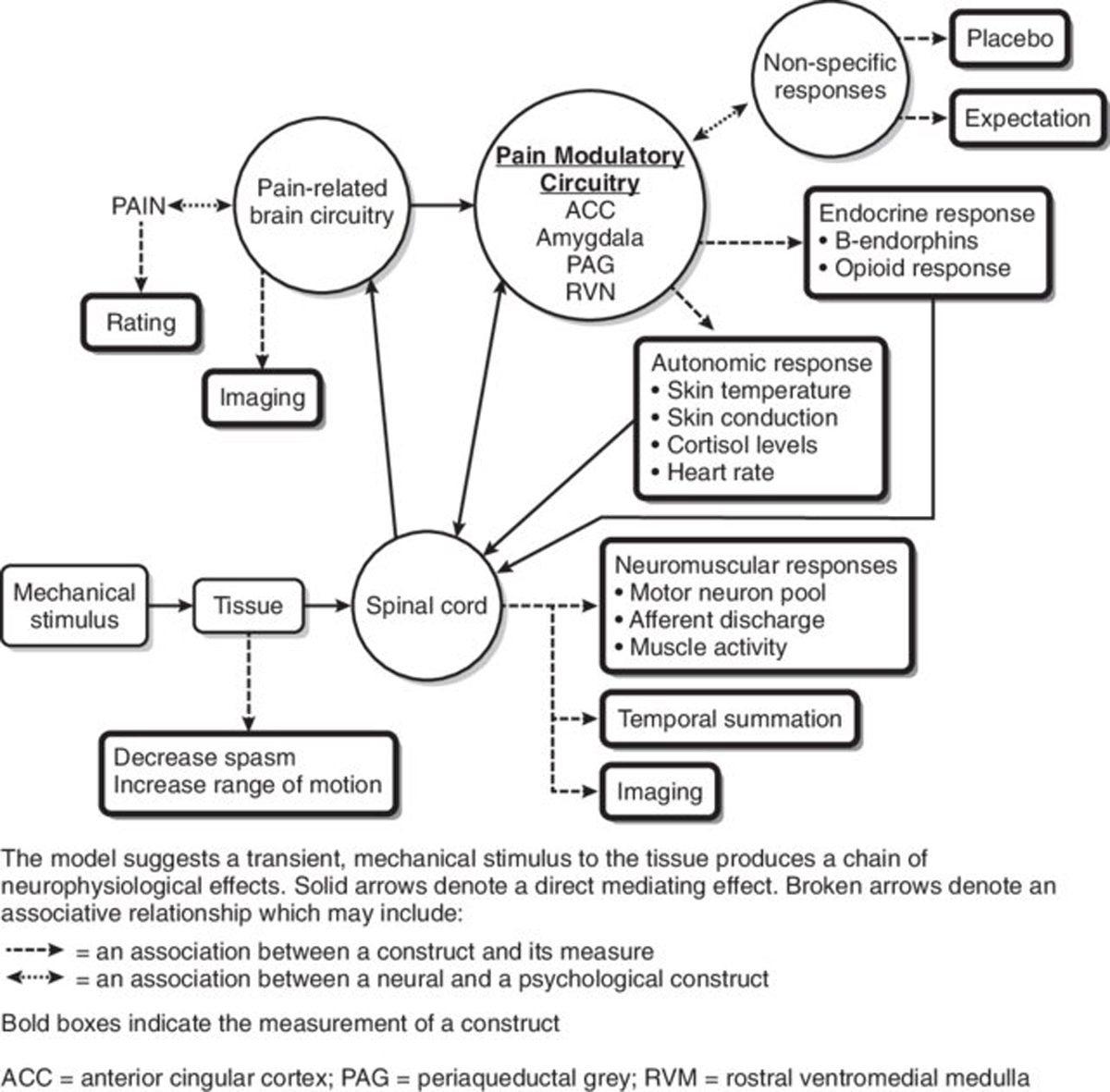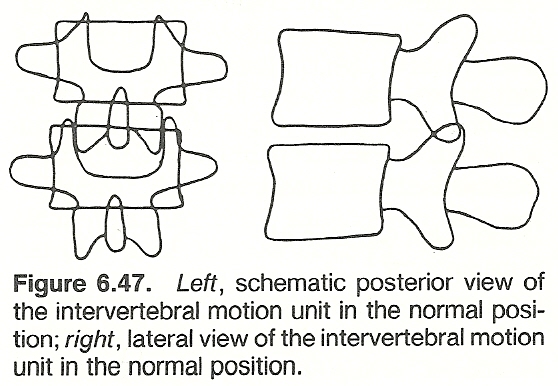Mechanisms of Manipulation: A Systematic Review of the Literature on Immediate Anatomical Structural or Positional Changes in Response to Manually Delivered High-velocity, Low-amplitude Spinal Manipulation
SOURCE: Chiropractic & Manual Therapies 2024 (Sep 11); 32: 28
| OPEN ACCESS |
Kenneth J. Young • Charlotte Leboeuf-Yde • Lindsay Gorrell • Cecilia Bergström • David W. Evans Iben Axén et al.
Allied Health Research Unit,
University of Central Lancashire,
Preston, UK

Background: Spinal manipulation (SM) has been claimed to change anatomy, either in structure or position, and that these changes may be the cause of clinical improvements. The aim of this systematic review was to evaluate and synthesise the peer-reviewed literature on the current evidence of anatomical changes in response to SM.
Methods: The review was registered with PROSPERO (CRD42022304971) and reporting was guided by the standards of the PRISMA Statement. We searched Medline, Embase, CINAHL, AMED, Cochrane Library all databases, PEDro, and the Index to Chiropractic Literature from inception to 11 March 2022 and updated on 06 June 2023. Search terms included manipulation, adjustment, chiropractic, osteopathy, spine and spine-related structures. We included primary research studies that compared outcomes with and without SM regardless of study design. Manipulation was defined as high-velocity, low-amplitude thrust delivered by hand to the spine or directly related joints. Included studies objectively measured a potential change in an anatomical structure or in position. We developed a novel list of methodological quality items in addition to a short, customized list of risk of bias (RoB) items. We used quality and RoB items together to determine whether an article was credible or not credible. We sought differences in outcomes between SM and control groups for randomised controlled trials and crossover studies, and between pre- and post-SM outcomes for other study designs. We reported, in narrative form, whether there was a change or not.
Results: The search retrieved 19,572 articles and 20 of those were included for review. Study topics included vertebral position (n = 3) facet joint space (n = 5), spinal stiffness (n = 3), resting muscle thickness (n = 6), intervertebral disc pressure (n = 1), myofascial hysteresis (n = 1), and further damage to already damaged arteries (n = 1). Eight articles were considered credible. The credible articles indicated that lumbar facet joint space increased and spinal stiffness decreased but that the resting muscle thickness did not change.
There are more articles like this @
Conclusion: We found few studies on this topic. However, there are two promising areas for future study: facet joint space and spinal stiffness. A research strategy should be developed with funding for high quality research centres.
Keywords: Chiropractic; Mechanism; Osteopathy; Physiotherapy; Spinal manipulation; Systematic review.
From the FULL TEXT Article:
Background
Spinal manipulation (SM) is an intervention that is commonly sought by people with back and neck pain. Manual therapists, chiropractors and osteopaths, in particular, commonly utilise SM as a therapeutic intervention. [1–3] SM is associated with improved clinical outcomes for certain musculoskeletal disorders. [4–7] As a result, SM is recommended in several treatment guidelines and reviews. [8–11] However, the underlying mechanism(s) of action need to be understood to determine appropriate indications for the application of SM as well as to maximize its therapeutic efficacy. That is, it is important to determine what is inside the “black box” of mechanism(s) of action of SM. [12]
There are many theories and assertions on this topic [13], but there is no general consensus on the mechanism(s) of action of SM. It has been claimed that SM can change anatomy, such as repositioning vertebrae [14] or altering the thickness of muscles at rest. [15] It is proposed that these changes may be long-lasting. [16] Other claims include physiological changes, ranging from liberating Innate Intelligence [17], to modification of muscle strength [18] or reducing inflammation. [19] Historically, the nervous system has had a particular interest among chiropractors and osteopaths, as SM has been thought to affect spinal nerves [20, 21], the autonomic nervous system [22], and even the brain. [23]
These anatomical and/or physiological changes are then purported to explain any associated clinical improvements, such as increased function, reduced pain, relief from specific diseases, and better health in general. [24] If any of these proposed mechanisms can be supported by evidence, manual therapists will be able to offer to patients a coherent rationale for applying SM.
Any mechanism of manipulation is comprised of two aspects. First, the manipulation must have an effect in the body lasting beyond the application of SM, and this effect must lead to a change in clinical outcome. Both aspects must be investigated in turn to determine potential mechanisms of SM. Although it is possible that there is a cumulative effect from SM or that a minimum dosage is needed to create an effect, this has not been well documented. Therefore, to proceed in a stepwise fashion, it seems reasonable to first determine what the immediate effects may be of one single SM.
There is evidence on what happens within the spine, as a response to various forces applied during a high-velocity low-amplitude (HVLA) SM [25–28], such as the distribution of forces within tissues receiving the manipulation [29], and the amount and direction of displacement of vertebrae during SM [30], but a clear picture of what happens directly afterwards appears to be lacking.
Although there have been systematic reviews on some physiological effects of SM [31–33], to our knowledge, there are no systematic reviews that have attempted to synthesise evidence of the underlying anatomical mechanisms of SM. Therefore, we assessed the state of evidence of a measurable change anatomical structures that occurs following the application of SM.
The overall aim of this systematic review was to evaluate and synthesise the peer-reviewed literature on the immediate changes in or to anatomical structures in response to SM.
Our research objectives were as follows:
Identify, evaluate the quality of, and narratively synthesise the evidence that has been published in peer-reviewed research literature regarding immediate anatomical change after a spinal manipulation.
Identify gaps in understanding the anatomical effects of spinal manipulation and provide recommendations for future research.



Leave A Comment